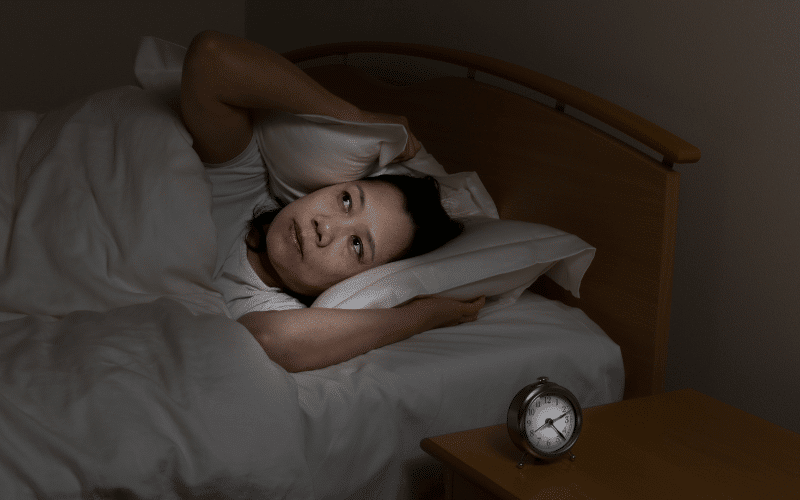6. Dealing with Disruptions: Sleep and Sundown Syndrome

Sleep disorders are intricately linked with Sundown Syndrome, creating a turbulent nocturnal environment for both individuals with the condition and their caregivers. The interplay of these two conditions makes nighttime a difficult period to navigate.
It’s common for individuals grappling with Sundown Syndrome to experience severe disruptions in their sleep patterns. They might have difficulty falling asleep, often pacing the house restlessly long after the sun has set. Even when sleep comes, it is often interrupted, creating a fragmented sleep pattern that can exacerbate other symptoms.
Alongside the inability to maintain a healthy sleep cycle, these individuals may also experience a phenomenon known as “nighttime wandering”. In this situation, they get up and walk around the house at odd hours of the night, a manifestation of restlessness that can be concerning for safety reasons.
These sleep disturbances aren’t merely a nighttime issue; they can also influence the individual’s behavior during the day. A lack of quality sleep can contribute to increased daytime sleepiness, affecting their ability to engage in daily activities and often leading to an early evening ‘nap’ which disrupts the natural sleep-wake cycle. (6)